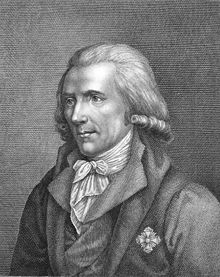- Last time, we looked at Volumes I through V (reprint of article, link to digitized version) of The Massachusetts Magazine. That was really a cursory first look. While going through Volumes VI through XI, we took time to dive into all of the issues. So, we will provide a look at the Table of Contents, again. However, we will start to report on the dive. The next few bullets summarize some of the findings.
- Turns out that the co-editors of Dr. Frank were elderly. This time we got to look at Civil War veterans, including their activity prior to the onset of the major conflict. One example is Col. Thomas W. Higginson who was part of the Secret Six and who helped the western cause related to anti-slavery. The Colonel sent dispatches back to an eastern newspaper; hence, we have this personal view to digest. Then, we have Judge Francis M. Thompson who west as a young man following the path of Lewis & Clark. He wrote of his experiences. The State of Montana, recently, published part of this. The Judge returned to New England where he died. Franklin B. Sanborn left us several views of the times. These three are only part of the writers that Dr. Frank collected to support his magazine.
- Sidney Perley, the noted author, retired about the time that the TMM got started. Dr. Frank's sister, Lucie M, picked up his work and published in several issues. As well, she reported on the activities of lineage groups, including The Old Planters Society which used the TMM as its voice.
As a reminder, The Atlantic (Monthly) started in Boston in 1857. It moved to DC recently. There have always been new magazines starting.
The TMM was only one of several periodicals that started and had its day. Going back to the 1800s, we can look at two that related to our work. The Southern Literary Messenger had an illustrious set of editors, starting with Poe (of the Raven). Its run was from 1834 to 1864. We are interested in that it involves collateral families, is of VA, and had contributors from all over. One article on the Lyceum movement is an example. It was nation wide. New England played a heavy role. But, we see groups formed out in the western areas (which became states), too.
Then, we have a story that is New England to its core. Namely, learning about Count Rumford. Born in New England, he left due to being a Loyalist. Now, he did pioneering in thermodynamics. Actually, as a polymath, he worked in several areas. Did well. Got rich. Then, left monies to Harvard. After the first holder (Bigelow) of the Chair resigned, there was much discussion about the future use of the monies. So, we can look at this from several angles. An interesting twist is that Charles W. Eliot was supposed to get the Chair and did not. He went to Europe. Later, he was head of Harvard. And, made lasting changes.
Remarks: Modified: 08/09/2017
08/09/2017 --


